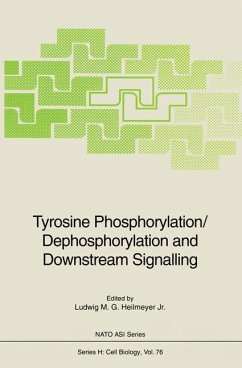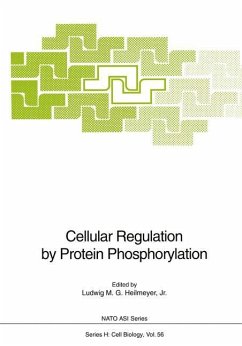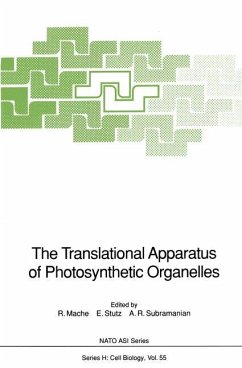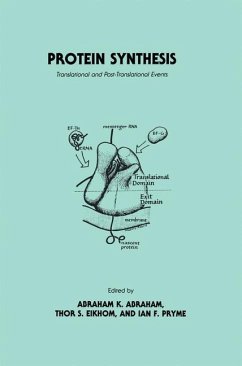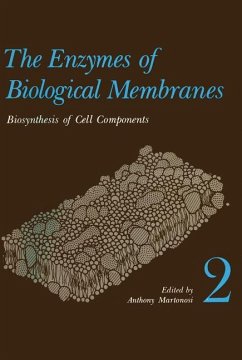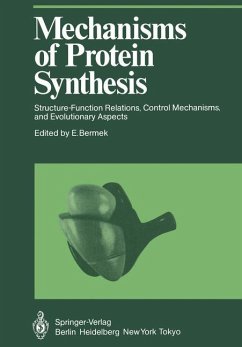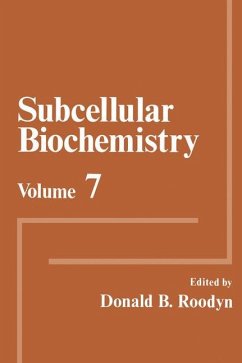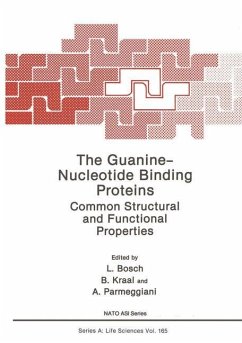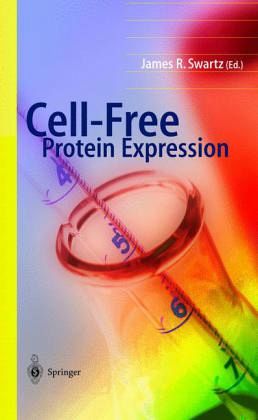
Cell-Free Protein Expression

PAYBACK Punkte
39 °P sammeln!
Cell-free protein synthesis is coming of age! Motivated by an escalating need for efficient protein synthesis and empowered by readily accessible cell-free protein synthesis kits, the technology is expanding both in the range of feasible proteins and in the ways that proteins can be labeled and modified. This volume follows "Cell-Free Translation Systems", edited by Professor Alexander S. Spirin in 2002. Since then, an impressive collection of new work has emerged that demonstrates a substantial expansion of capability. In this volume, we show that proteins now can be efficiently produced usin...
Cell-free protein synthesis is coming of age! Motivated by an escalating need for efficient protein synthesis and empowered by readily accessible cell-free protein synthesis kits, the technology is expanding both in the range of feasible proteins and in the ways that proteins can be labeled and modified. This volume follows "Cell-Free Translation Systems", edited by Professor Alexander S. Spirin in 2002. Since then, an impressive collection of new work has emerged that demonstrates a substantial expansion of capability. In this volume, we show that proteins now can be efficiently produced using PCR products as DNA templates and that even membrane proteins and proteins with multiple disulfide proteins are obtained at high yields. Many additional advances are also presented. It is an exciting time for protein synthesis technology.



